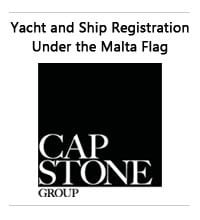In a unique ceremony held in Sarnico on 10 June Riva unveiled its new 56 Rivale model. Direct heir to the 52 Rivale which had a production run which lasted twelve years from 2004 till 2016, the 56 Rivale was code named as Open in project as unveiled in the end of 2016. Important to note that the new 56 Rivale features a newly designed hull, meaning that this is not an extended 52. The new 56 Rivale is similar to its replacement in lines and looks with the addition of a large glazed window and a more pronounced central mast radar arch making the noticeable differences. But the 56 Rivale also sports a big difference existing in the cabin arrangement, offering a two large cabins layout and owners suite at midships versus the three doubles of the 52. The cabin area also offers a day head to port side, plus a single berth crew cabin to port side with a separate entrance from the main deck. The Riva 56 Rivale is powered by twin Man engines; standard of 1000hp or optional 1200hp units with speeds going up to 38 knots with the large option.
Technical Data:
LOA - 17.27 m (56.7ft)
Hull Length - 17.1 m
Waterline Length - 13.9 m
Beam - 4.74 m
Draft - 1.45 m
Displacement - 27000 kg unloaded, 31000 kg loaded
Fuel Capacity - 2700 l
Water Capacity - 400 l
Max Persons - 10
Accommodation - four berths in two cabins, 1 crew cabin berth
Engines - 2 x Man V8 1000hp, V8 1200hp
Propulsion - V-drive line shaft
Speed - 35 knots max 31 knots cruise with Man 1000hp, 38 knots max 34 knots cruse with Man 1200hp
Range - 260 nm at cruise
Project - Mauro Micheli and Sergio Beretta Officina Italiana Design exterior and lines, soft furnishings by Ivano Redaelli and Van Besouw for hull one
Certification - CE







.jpg)




















